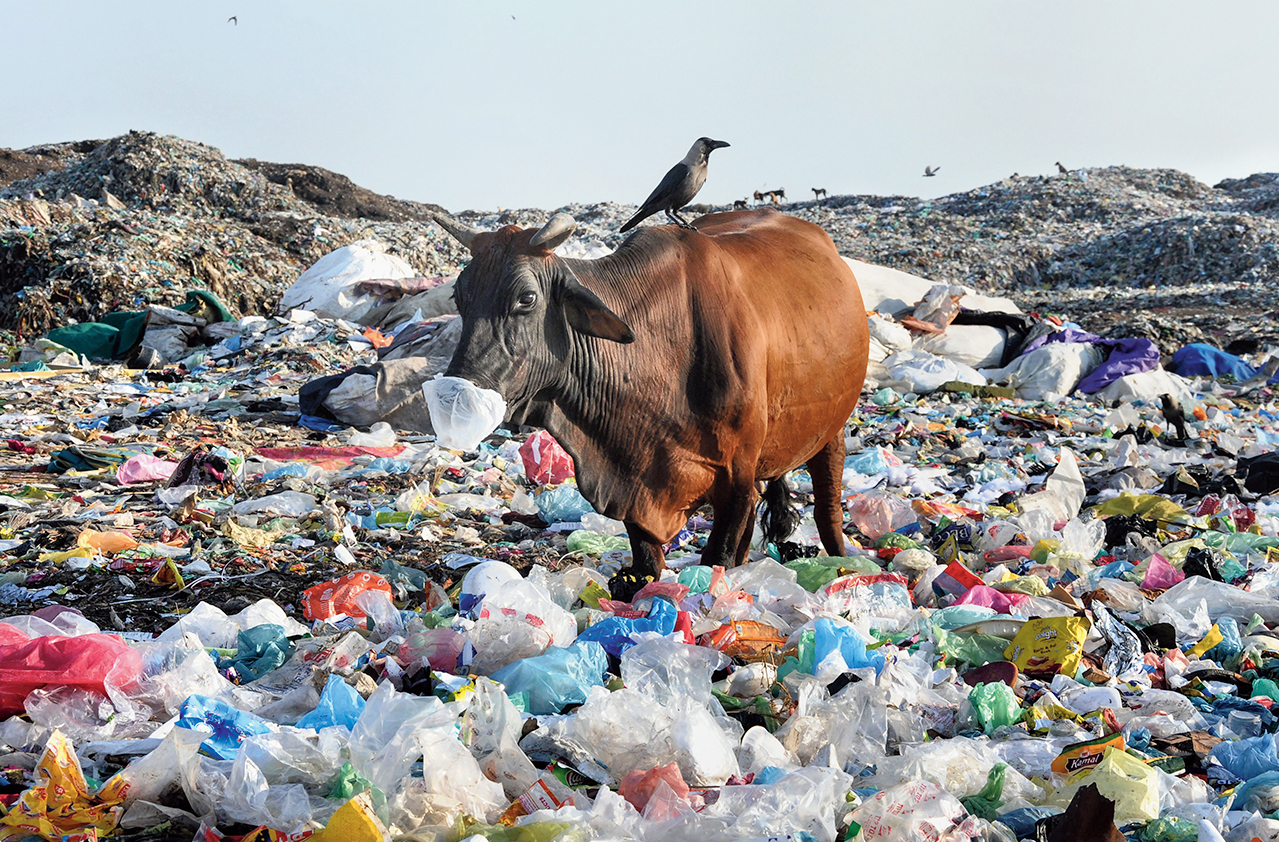The Dangers of Accidentally Consuming Plastic and How to Avoid It
In today's modern world, plastic has become an integral part of our daily lives. However, its widespread use also poses certain risks, especially when it comes to accidentally ingesting plastic. In this article, we will explore the potential dangers of consuming plastic and provide practical tips on how to avoid it. By understanding the risks and implementing preventative measures, we can protect our health and well-being.

Human used plastic
I. The Impact of Plastic Pollution on the Environment:
1. Plastic Pollution Facts: Highlight the alarming statistics and environmental impact of plastic pollution, emphasizing the need for responsible plastic consumption.
2. Sources of Plastic Contamination: Discuss how plastic waste finds its way into our food and water sources, leading to inadvertent consumption.
II. The Risks and Health Concerns:
1. Chemicals in Plastic: Explain the presence of harmful chemicals like bisphenol A (BPA) and phthalates in certain types of plastics, and their potential adverse effects on human health.
2. Microplastics: Highlight the growing concern of microplastic contamination in food and beverages, and its potential health implications.
III. Plastic in Food Packaging:
1. Contamination during Production and Processing: Discuss how plastic particles can contaminate food during various stages of production, packaging, and transportation.
2. Plastic Bottle Safety: Address concerns related to plastic bottles, including the potential release of harmful chemicals into beverages.
IV. How to Minimize Plastic Consumption:
1. Choose Glass or Stainless Steel: Encourage the use of glass or stainless steel containers for storing food and beverages to reduce plastic exposure.
2. Avoid Single-Use Plastics: Provide alternatives to single-use plastics, such as reusable shopping bags, water bottles, and food containers.
3. Check Food Packaging: Advise readers to read labels and choose products packaged in non-plastic materials whenever possible.
V. Safe Food Handling Practices:
1. Wash Fruits and Vegetables: Emphasize the importance of thoroughly washing fruits and vegetables to remove any potential plastic residue.
2. Proper Storage: Offer tips on how to store food properly to minimize contact with plastic, such as using glass or ceramic containers instead of plastic bags.
VI. Raising Awareness and Advocacy:
1. Educate Others: Encourage readers to spread awareness about the issue of plastic consumption and its potential health risks to friends, family, and the community.
2. Support Sustainable Initiatives: Highlight the importance of supporting businesses and organizations that prioritize eco-friendly practices and offer plastic-free alternatives.

Plastic curbs to spare multi-layered packaging
While accidental ingestion of plastic can occur, it is crucial to be aware of the potential health risks and take proactive steps to minimize plastic consumption. By opting for non-plastic alternatives, practicing safe food handling, and supporting sustainable initiatives, we can reduce our exposure to plastic and protect our health. Together, let's make conscious choices to reduce plastic waste and create a healthier and cleaner environment for future generations.